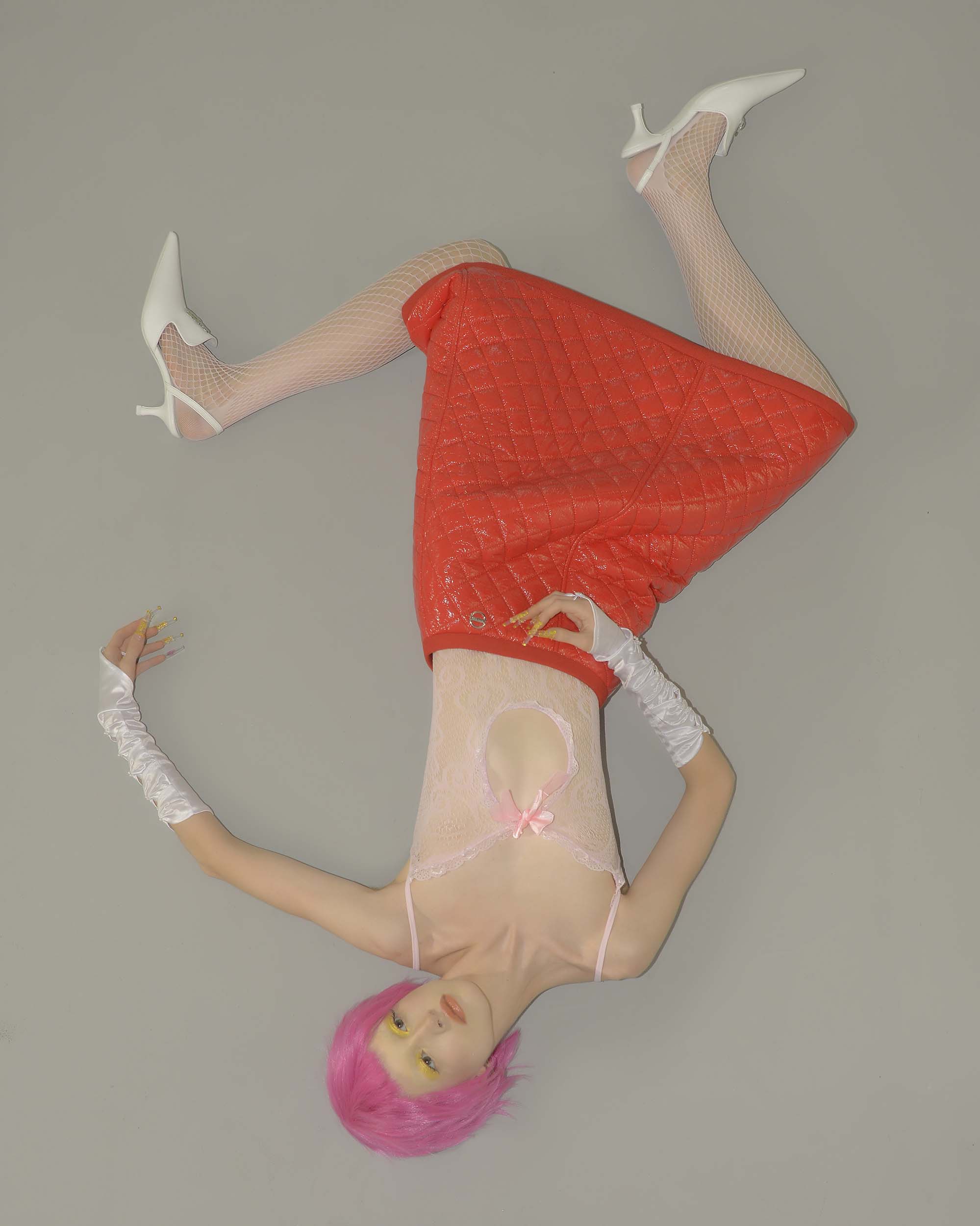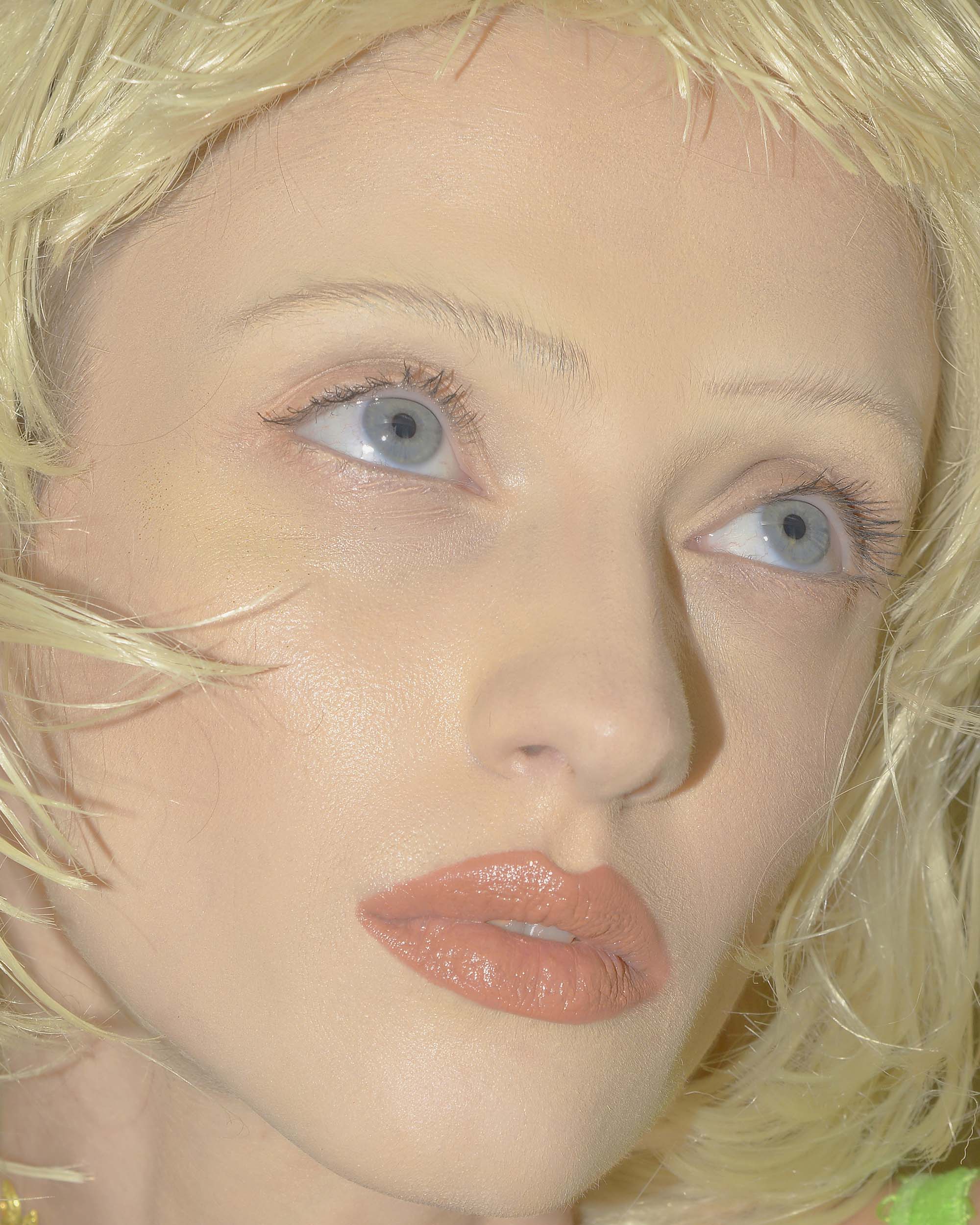Culture
Youth
Psyche
Subculture
Art
Culture
Youth
Psyche
Subculture
Art
De-re-unconstructing fashion. A conversation with three avant-guard designers shaping a new aesthetic era.
Interview and text Giulia Giudici
G – First of all, what do you see in this ink blot?
GK – No clue, could it be a wild orchid?
G – What was your childhood like? Was there any sign that you would one day become a fashion designer?
GK – From what I remember, it was quite a sad childhood. Growing up in post-soviet Georgia, we didn’t have electricity, heating and sometimes neither water. Between the usual bullying about my hair color or tone of voice, and the Soviet mentality of my teachers, I hated going to kindergarten and school. I preferred to go through the 1980s issues of Vogue and OTTO that I found at home, so I sat quietly and drew clothes on the back of my notebook – and I would get mad if someone saw my drawings at school or at home.
G – I imagine the concept of fashion in post-Soviet Georgia must have been very practical and utilitarian.
What were the differences between the sense of fashion and style you saw in your daily life and in Georgian media, and the fashion and style you saw in your magazines and foreign media?
GK – Indeed, the fashion and style I saw in the streets of post-Soviet Georgia was mostly practical and utilitarian. The 90s were quite gloomy and dark (literally, because we had no electricity). I remember ladies dressed in vibrant sets with exaggerated silhouettes, oversized jewelry and voluminous hair. Nothing too fancy or sexy though. Life that I saw in foreign magazines seemed much more colorful and joyful.
G – Did you face any prejudice for the path you were pursuing?
GK – One of the biggest prejudices back then probably was the idea that fashion design could not get you anywhere, and it would always remain a hobby.
Initially, my parents didn’t want me to pursue my dream of becoming a fashion designer, but I persisted. The first time I shared my vision with the world was a local newcomers contest, which I won. Shortly afterwards, I won another contest, Be Next. Although fashion was basically non-existent as an industry back then in Georgia, and most of the designers couldn’t make the ends meet, my parents never expressed a concern for my career choice again. This gave me motivation and confidence that I was pursuing the right path.
G – Do you think that the environment you grew up in influenced your vision, tastes and style? If so, how?
GK – That environment influenced the aesthetic of my work, moreso in the past. I usually respond to the current situation in my country: in 2016, for instance, I created a capsule collection of garments embroidered with the word ‘gay’ and images of guns, to protest against homophobia, which was very prevalent in Georgian society.
There are times when I don’t want such circumstances to influence my creations, as I think that so much melancholy wouldn’t be a right fit for a KEBURIA girl. I prefer to travel in other spaces.
G – Did you immediately resonate with the profession of fashion designer? What –or who– led you specifically towards designing women’s fashion (or, at least, typically feminine fashion)?
GK – For many years, I would always dream about working in fashion. Back in the 2000s, when my perceptions and preferences were being formed, I was completely blown away by insane visuals of celebrities and fashion. I came across Jean Paul Gautier and Martin Margiela, then McQueen and Nicolas Ghesquière, and I wanted to take their path (well, I still want to). I would also dream of becoming a professional tennis player, but becoming a fashion designer was always a much stronger urge. Actually, an icon that greatly inspired me was Serena Williams, whose revolutionary fashion choices often raised outrage on the court.
G – When you look back at your brand when it was first conceived, what differences can you see compared to how it is now?
GK – The less knowledge I had, the more risky I was: I was younger and more emotional, and I really miss that sensation. For my first collection, I participated in a local contest. I personally made non-wearable 5-piece suits, mainly using construction materials. Today, we work with several showrooms, and as a commercial brand we have to take into consideration some of the requests. This can dissociate you from fashion as an art form, though I still try to create something interesting even in those instances.
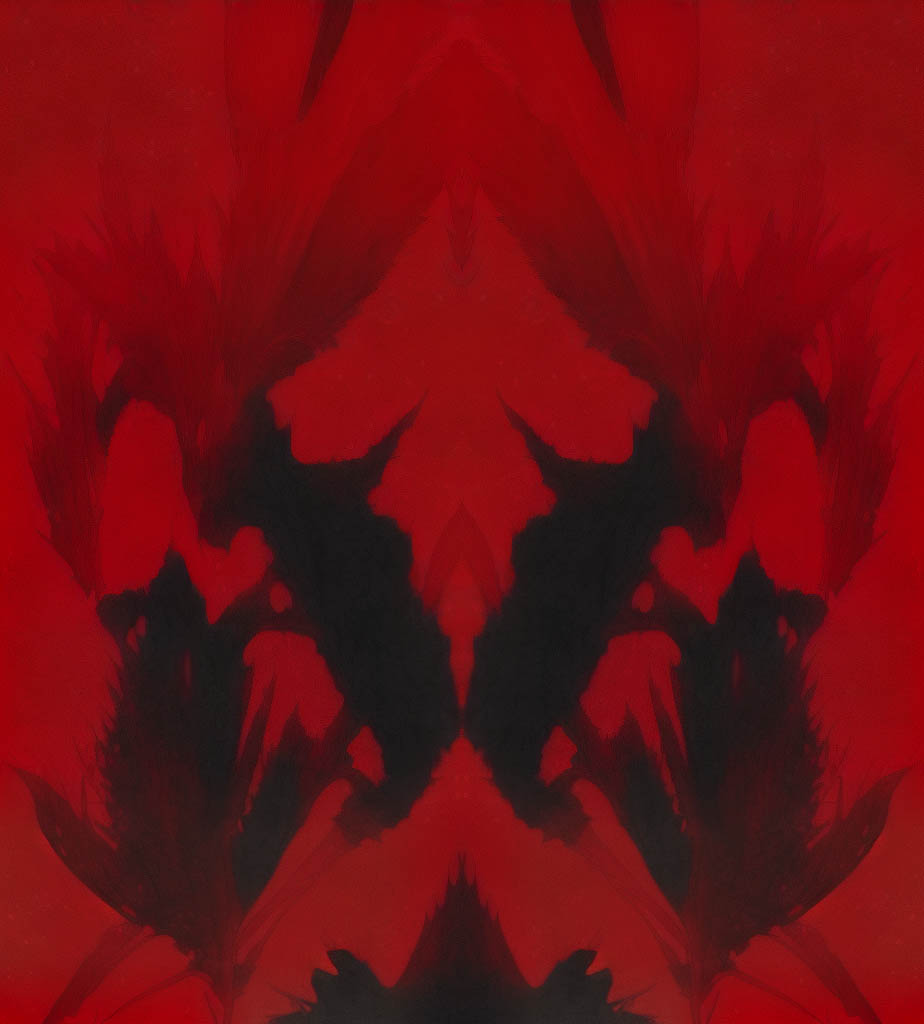
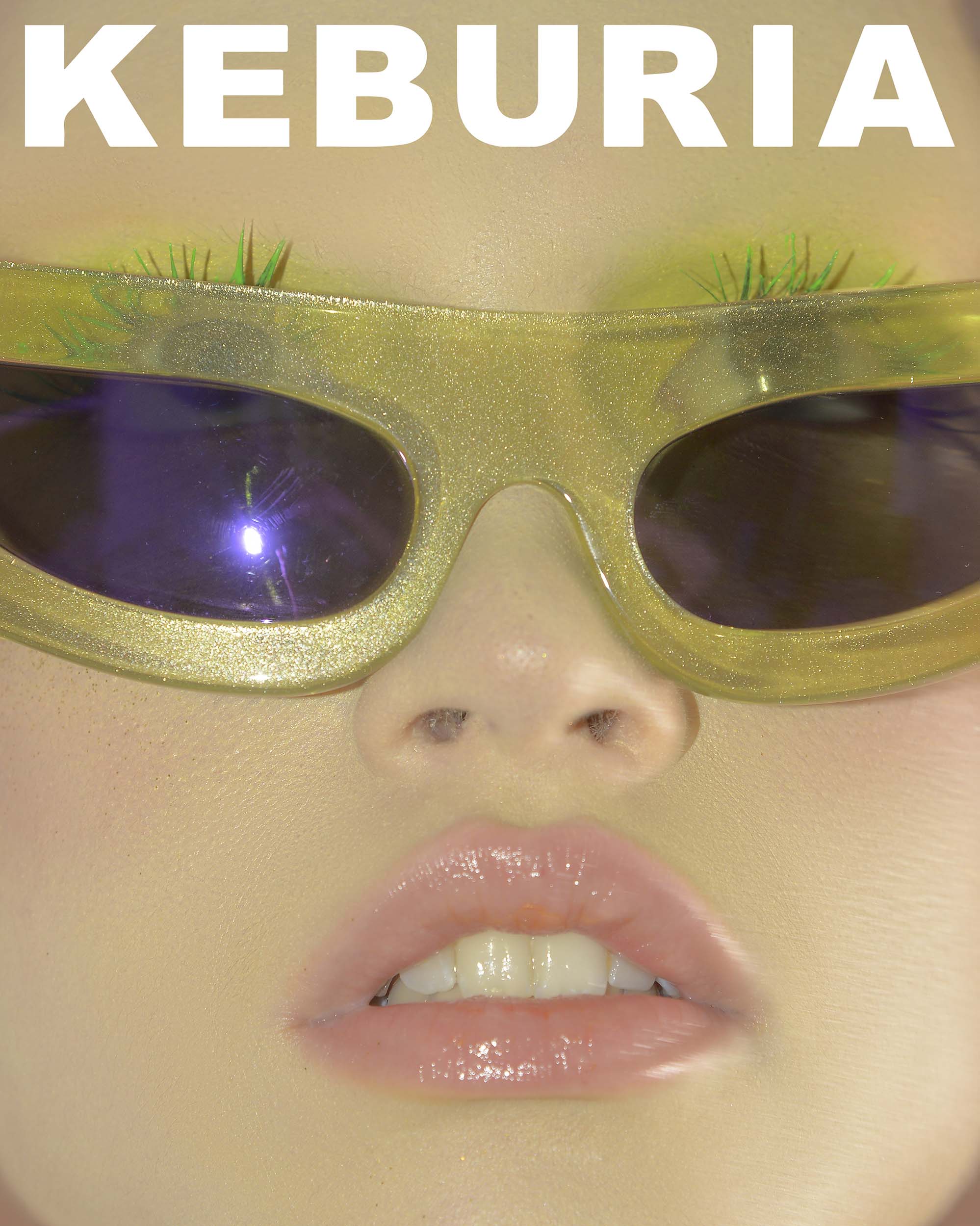
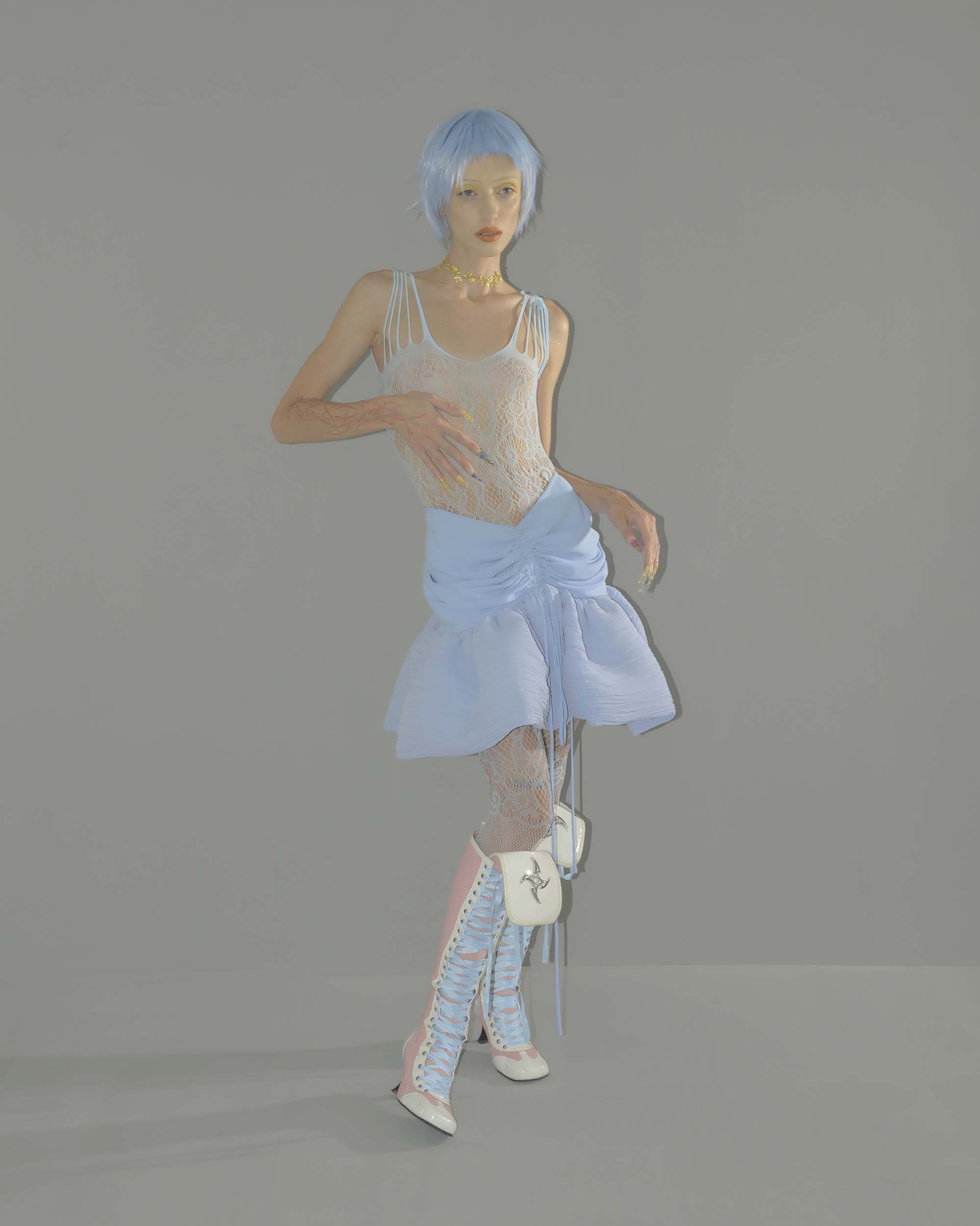
G – Is there anything you now feel you got totally right –or wrong– back when you were developing your first collection?
GK – There are some looks that attracted lots of attention, which of course I could have never anticipated beforehand. I was very surprised when all the stylists requested the same couple of looks from the collection. My opinion now is that I got those looks totally right, as amusing as it sounds. Regarding the wrong pieces, I think I could have always developed the collection better, but I never actually went through with it.
G – Did the brand grow organically in the direction you imagined, or did it have to be flexible and adapt to unexpected changes of plan?
GK – I consider fashion to be a visual art. In this perspective, I think that it’s hard to anticipate a path for a brand, as everything is unexpected and depends on a myriad of factors. You should always be ready for anything.
G – In designing a garment, it’s essential that you pour yourself –your taste, your knowledge, your skills, your intuition– into your work. The general rule of thumb, though, is that it can’t be too you, otherwise it will be too specific and will have no appeal to your public. Do you believe this to be true?
GK – It’s difficult to really show yourself while working on a collection, but I think it’s crucial to present yourself as much as you can to the public and to deliver a sense of personal style through which you can introduce yourself.
G – Some designers draw inspiration from reality, others create with their own ideal version of reality in mind. Which group do you identify yourselves most with?
GK – Not sure about that. As time goes by, and as I reflect on my choices, I realize inspiration comes in very different forms. I prefer the idea that a new reality is created in my mind and that it drifts a bit towards the unreal.
G – What type of references do you collect when preparing to design new pieces?
GK – Nowadays, I work with a moodboard on my phone, which is usually a combination of new materials and hardware research. Then comes a long period of contemplation, hard work and restlessness – nothing out of the ordinary.
G – I find your style very playful: a dynamic bouquet of references, volumes, proportions, textures. If your brand was a person, who would they be? What would their personality be like?
GK – I have been asked this question before and I never know how to answer it!
I am actually more interested in how the audience perceives my characters, and what they think about them. While I am working on new pieces, I am thinking about a specific imaginary persona, and once the piece is done, I don’t wanna come back to it and change it: at that point, they already have a life of their own, they are independent, and I don’t even know who they were.
